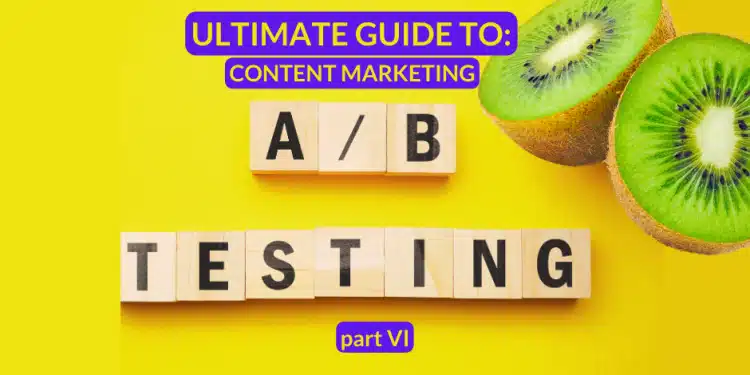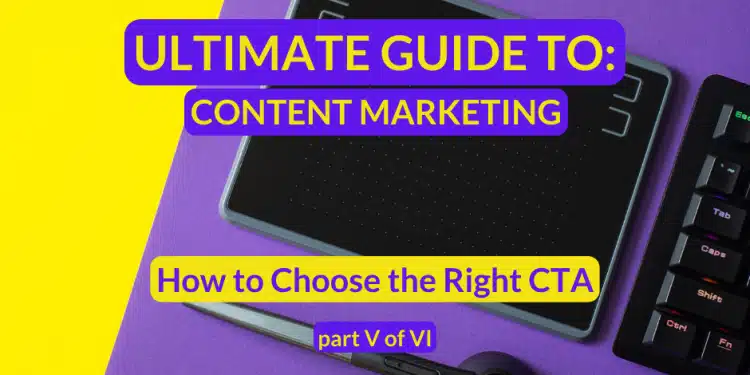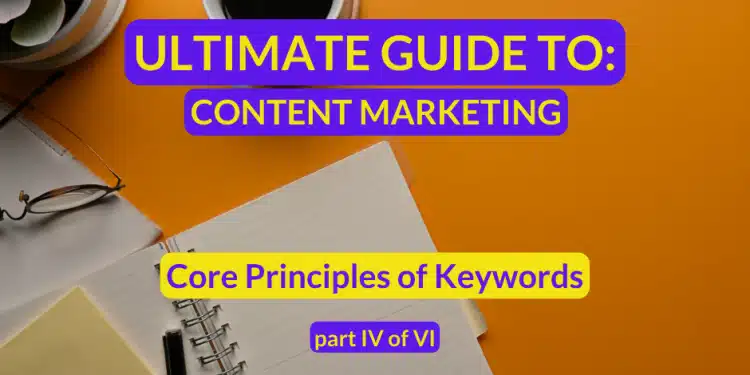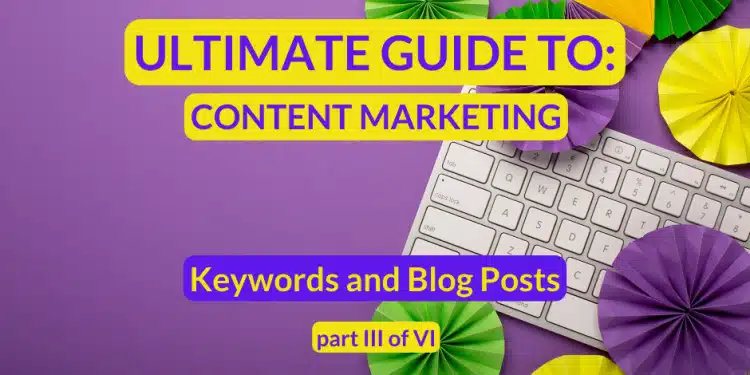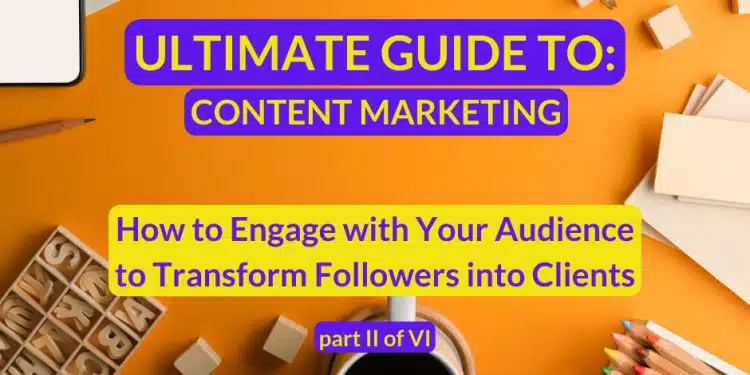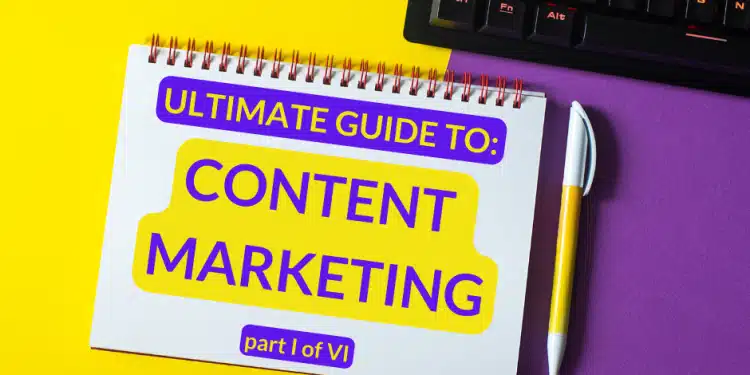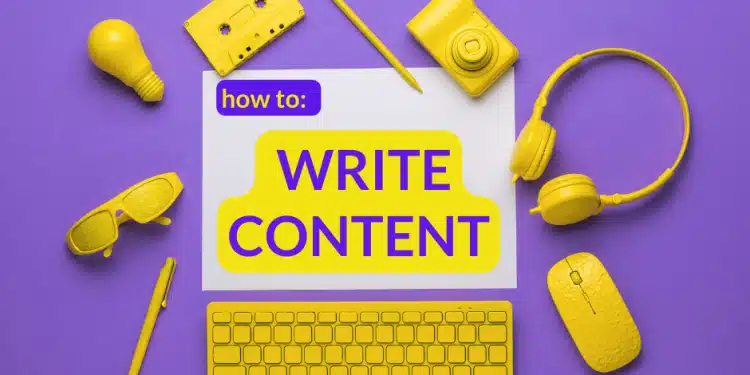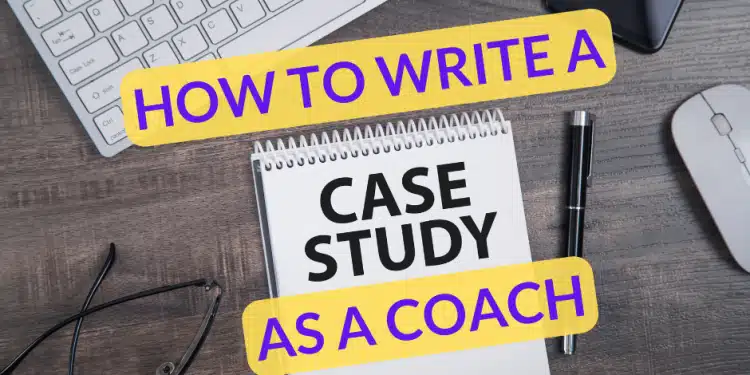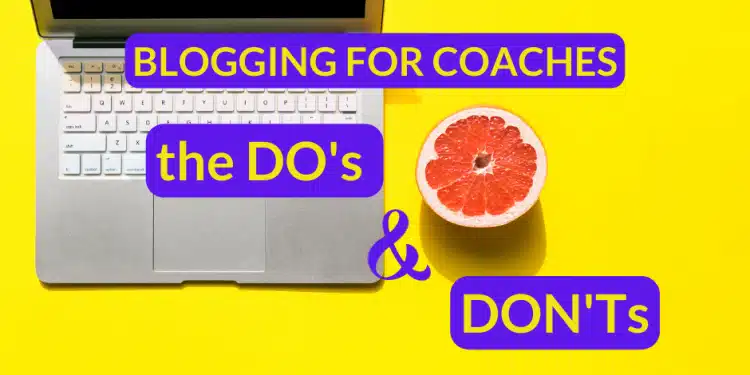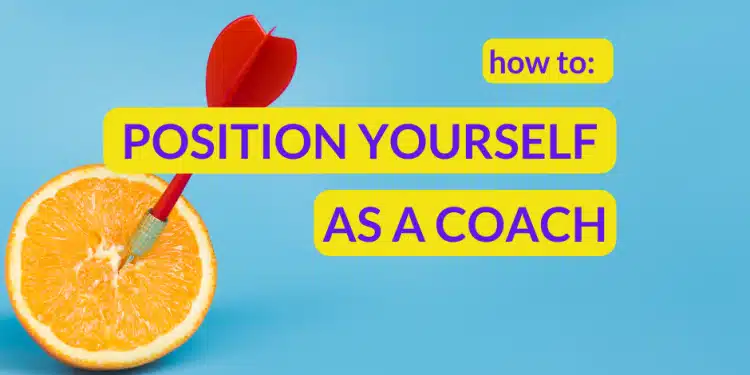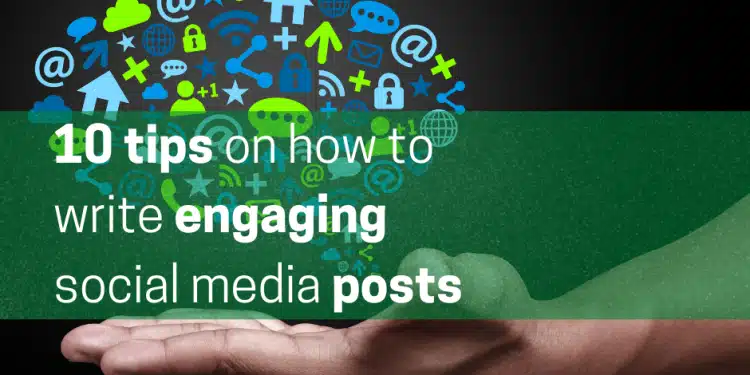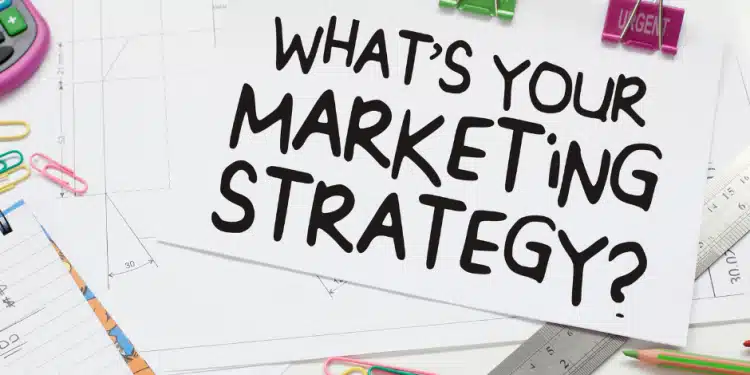How A/B Testing Can Benefit Your Marketing Strategy
- Understand your target audience. When you see what types of emails, headlines, and other features your audience responds to best, you better understand who your audience is and what they want.
- Higher conversion rates. A/B testing is the single most effective way to increase your conversion rates. It gives you actionable data that can help you streamline the conversion process.
- Stay on top of emerging trends. Predicting what type of content, images, or other features people will respond to is complex. Conducting regular A/B tests helps you stay ahead of the ever-changing consumer behaviour.
- Reduce bounce rates. A/B testing in marketing allows testing different variations of websites or marketing elements to identify which ones resonate with the audience and reduce bounce rates by improving engagement.
One version will be your «control» group—the version you already use (A). The second version changes a single element, emphasising the amount—SINGLE (B).
How Do You Plan an A/B Test?
A/B testing is a whole process, so first, you must decide what you want to be A/B testing.
You can test:
- headlines
- CTA text
- CTA location
- pop-up’s
- featured images
- copy
- the number of fields in a form
- buttons
The next step is deciding whether to do an Onsite or Offsite test. Onsite tests look at the sales-related aspects of your website for weaknesses. With the offsite test, you’re examining elements such as advertising or sales emails.
Pro tip: Once you know your test subject, it’s time to assign variables. Once you understand what marketing material you want to A/B test, list all the variables. If you’ve decided to test your CTA, it’s worth testing:
- the location
- the exact text used
- the button colour or surrounding space
After figuring out what and how you will A/B test and picking one of running an onsite or offsite test, it’s time to make a Checklist.
A/B Testing Checklist.
Before you start testing, make sure you have a clear idea of the results you’re looking for. You should already know your expected result, which is the results you’re currently getting. You want to know that whichever one does better in the test is also doing better than your current results.
Alternatively, you can use A as your control (leaving whatever you’re currently using) and then use something new for B.
A/B tests must be run simultaneously so there are no variations caused by different timing. You can’t test one variation today and the other tomorrow because you can’t factor in any variables that might have changed between now and then. The results would then be inconclusive and not viable.
Here’s your A/B testing checklist for your first test:
- Decide what feature you want to test.
- Create two versions of the same ad, landing page, app, etc.
- Decide how long your test will run.
- Choose a testing tool to help you run your test (more on that later).
- Launch A/B test!
- After your chosen period has passed, compare the results.
- Repeat. A/B testing is most effective when done continually.
Top Elements to Test Using A/B Testing
You can test virtually anything in your marketing materials or website: headlines, CTAs, body copy, images, navigation bar placement, etc. If you can change it, you can test it!
On your website, this likely includes:
- the headline
- your CTA
- any graphic you use in direct correlation to your sales efforts
- the sales copy or product descriptions
- featured image
- button size and placement
In an email, you can test the title, images, links, CTAs, or segmenting options.
In a paid ad, especially a text ad (like a search ad), you have fewer things to change, so you can test the main headline, the offer, the image, or the targeting.
Can I Test More than One Thing at a Time?
There are two approaches to this question.
Say you want to test your headline but have three possible variations. In that case, running a single test and splitting your visitors (or recipients in the case of an email) into three groups instead of two is reasonable and would still be considered an A/B test.
This is more efficient than running three tests (A vs. B, B vs. C, and A vs. C). It would be best to give your test an extra couple of days to run so you have enough results to see what works.
Testing more than one thing at a time, such as headlines and calls to action, is called a multi-variate test and is more complicated to run.
You’ll also need to consider how your systems can handle split tests and have staff on hand who can analyse multiple results and compile the data into digestible amounts.
Multi-variate testing puts much more on your plate at once: but you shouldn’t necessarily avoid it. If you have the proper procedures to handle the extra workload, go ahead – but if you want a more straightforward approach, one A/B test at a time is just fine.
Summary
A/B testing is a powerful tool that can help businesses understand their target audience and increase conversion rates by changing a single element in their marketing materials. To plan an A/B test, you should first decide what you want to test, such as headlines, CTAs, featured images, or copy. You must then choose whether to conduct an onsite or offsite test and create a checklist to ensure that the test is run simultaneously and the results are reliable.
You can test virtually anything in your marketing materials or website, including headlines, body copy, images, and navigation bar placement. Testing more than one thing at a time is possible but requires extra effort and resources. Overall, A/B testing is a continuous process that can help businesses stay on top of emerging trends and consumer behaviour. Good luck with your testing!
Our marketing and coaching professionals community can help you take your marketing to the next level. Sign up for Expert Circle today to learn more about marketing and get expert content creation and promotion tips. Join now and start connecting with like-minded individuals and learning from the best.
